On every trip to India, one of the things I am never tired of doing is reintroducing Nepal to India, a neighbor with deep historical, cultural, political, and economic ties, but with prevailing challenges in understanding each other.
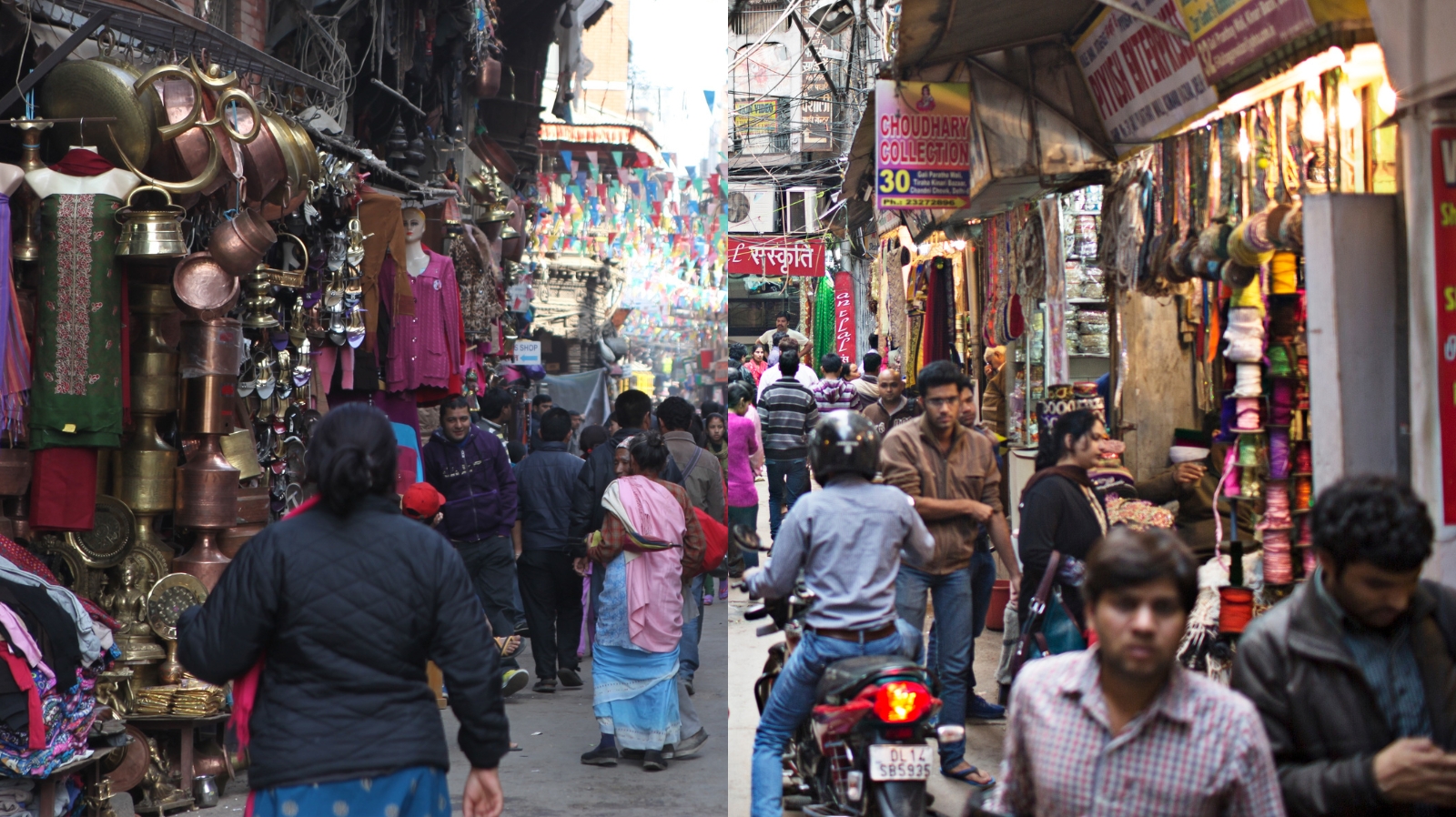

On every trip to India, one of the things I am never tired of doing is reintroducing Nepal to India, a neighbor with deep historical, cultural, political, and economic ties, but with prevailing challenges in understanding each other.
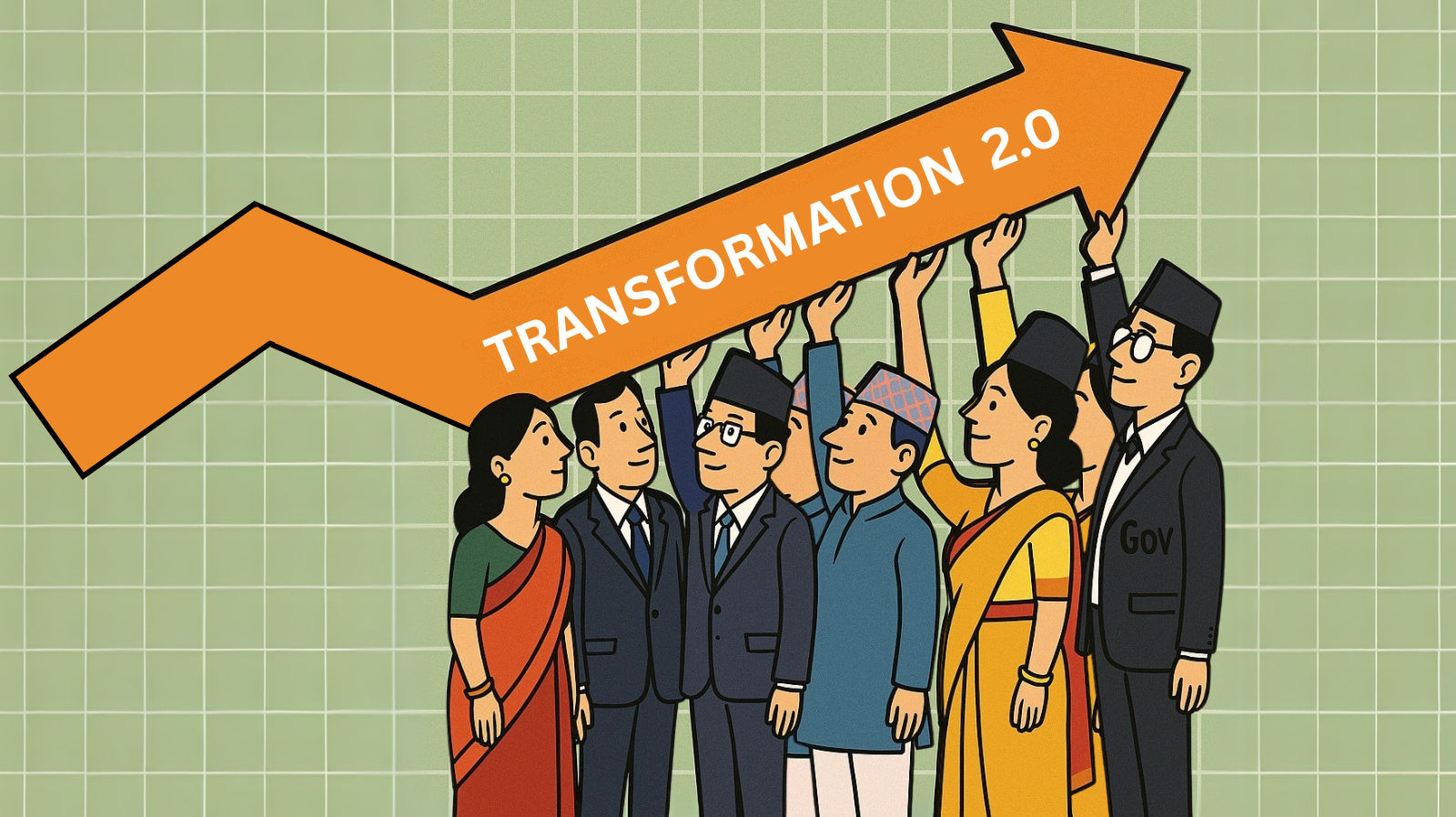
To effectively implement the report, the role of development partners and friends of Nepal is equally crucial.
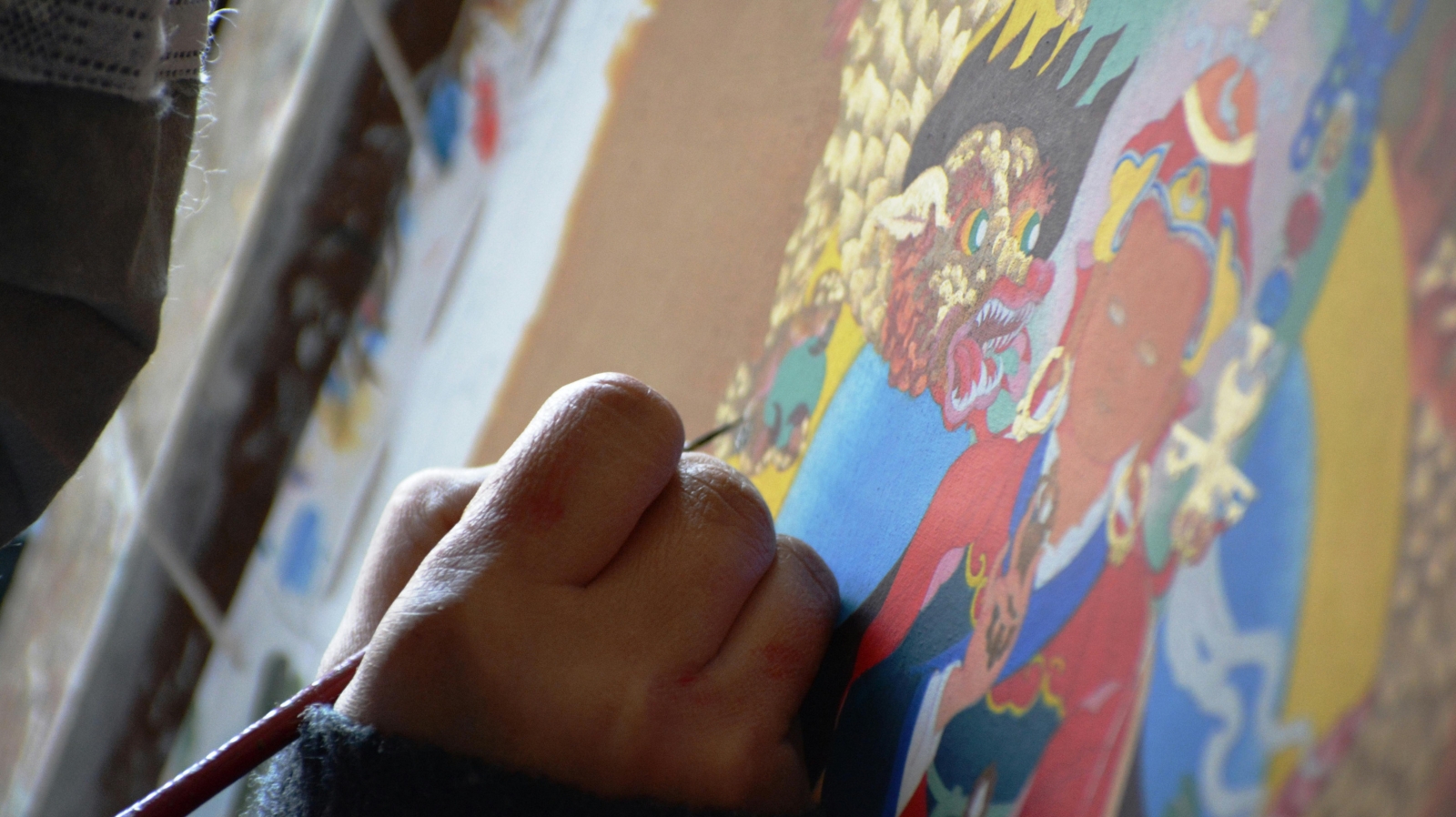
Thangka, a sacred art form rooted in Nepal, blends spirituality and craftsmanship, offering cultural richness and economic potential despite facing modern challenges.
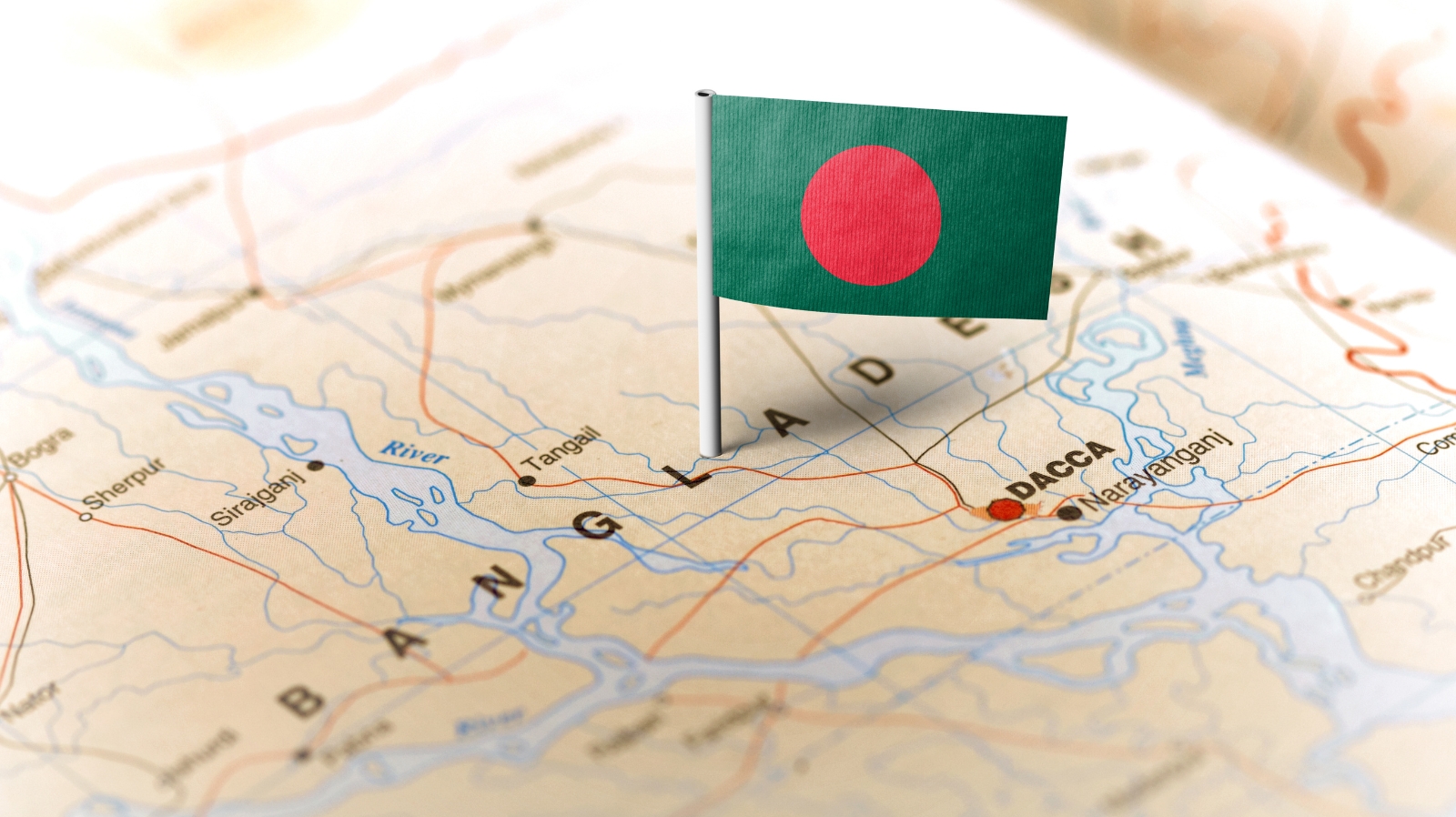
Bangladesh and Nepal are set for LDC graduation in November 2026, both must navigate bilateral trade agreements to limit revenue loss and remain competitive in the international market
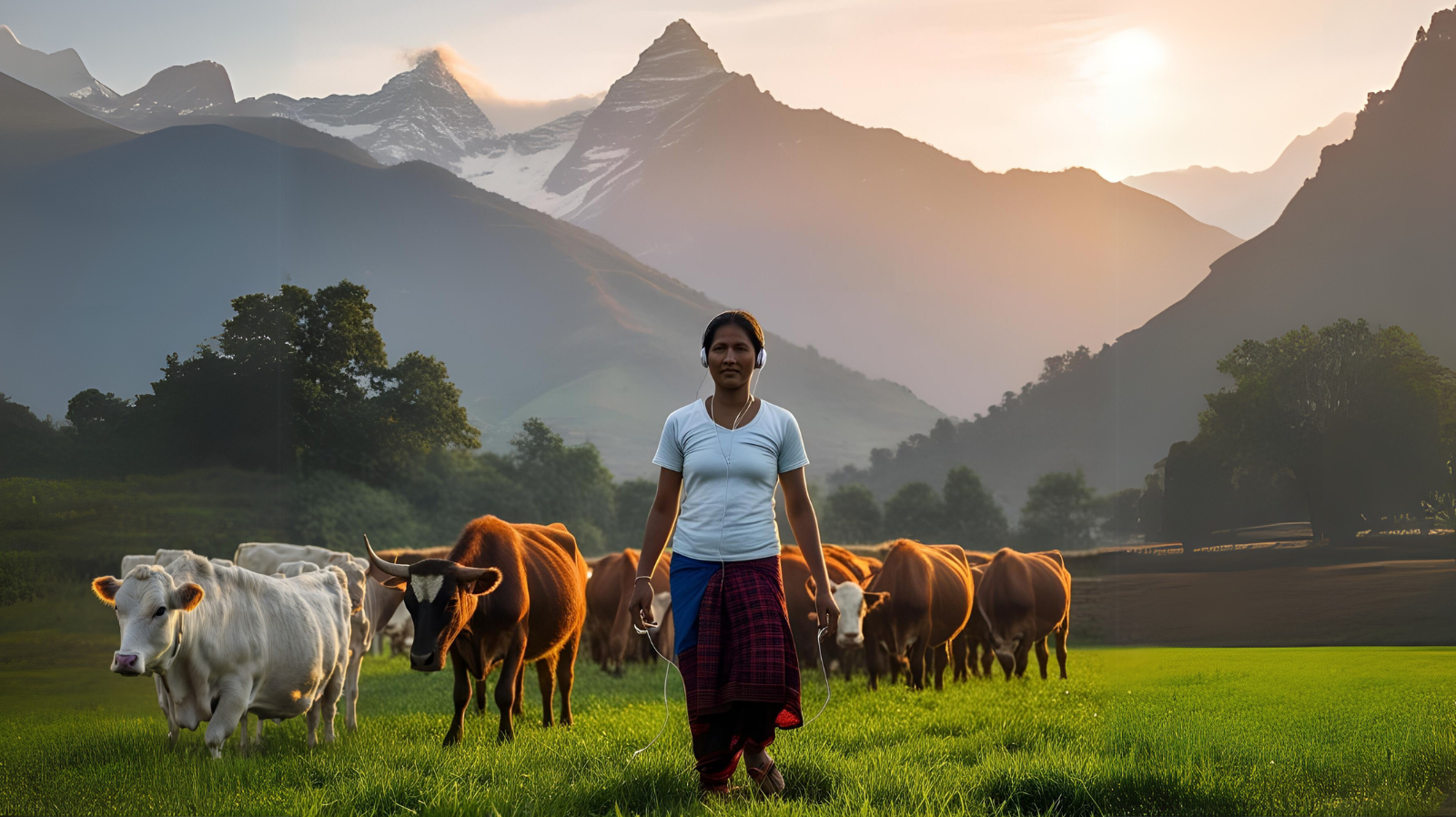
Back then, tourism had taken a severe hit, with trekking trails in this region becoming virtually inaccessible. Now, as we travel through the same areas with their stunning landscapes and newly constructed roads, I cannot help but reflect on how we can unlock the potential of this region.
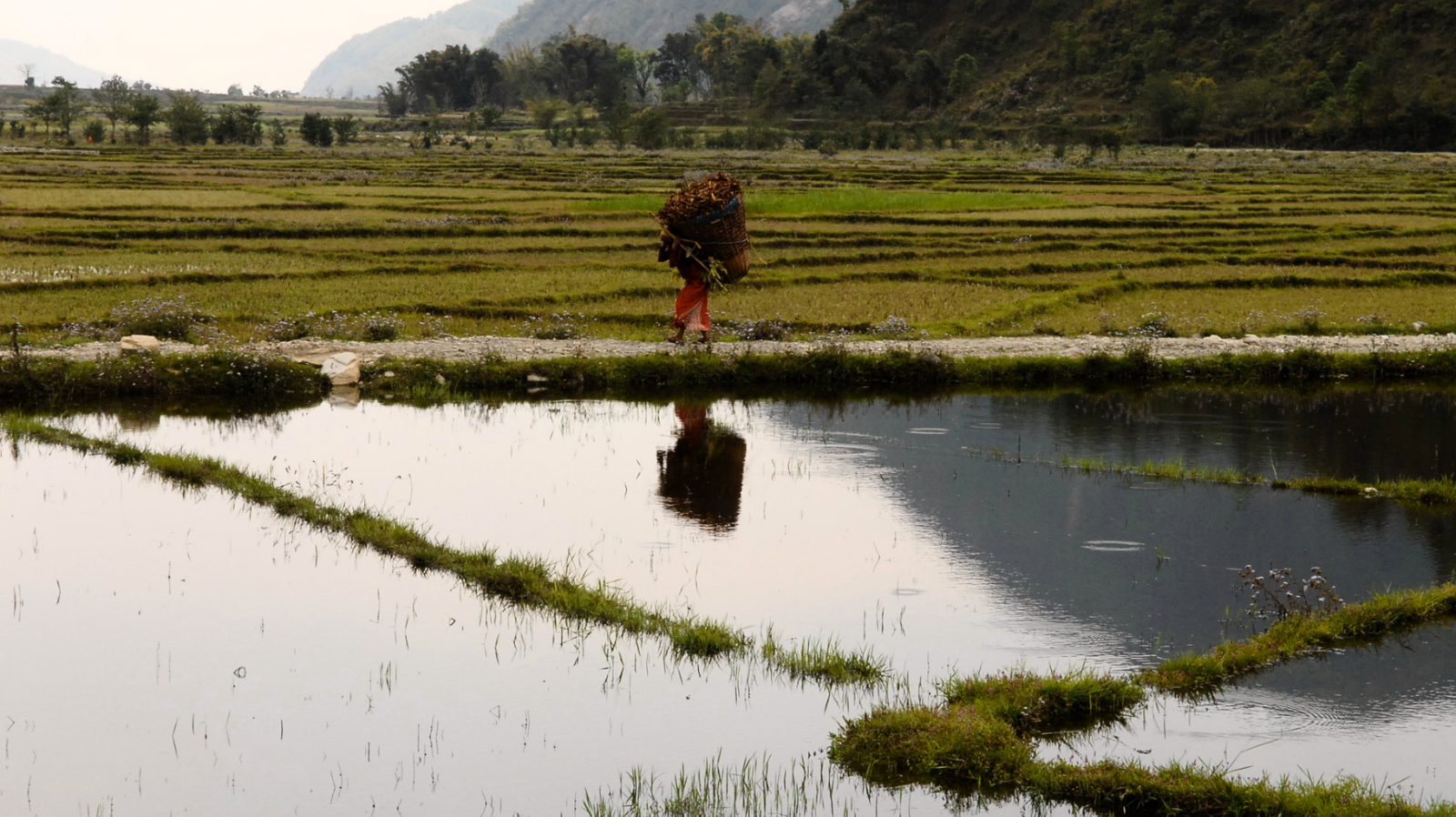
When inequality is high, those in power can, and do, shift environmental harm onto the vulnerable. It even incentivizes further exploitation.